TOP ROAD CYCLING CLIMBS IN EUROPE TO ADD TO YOUR BUCKET LIST
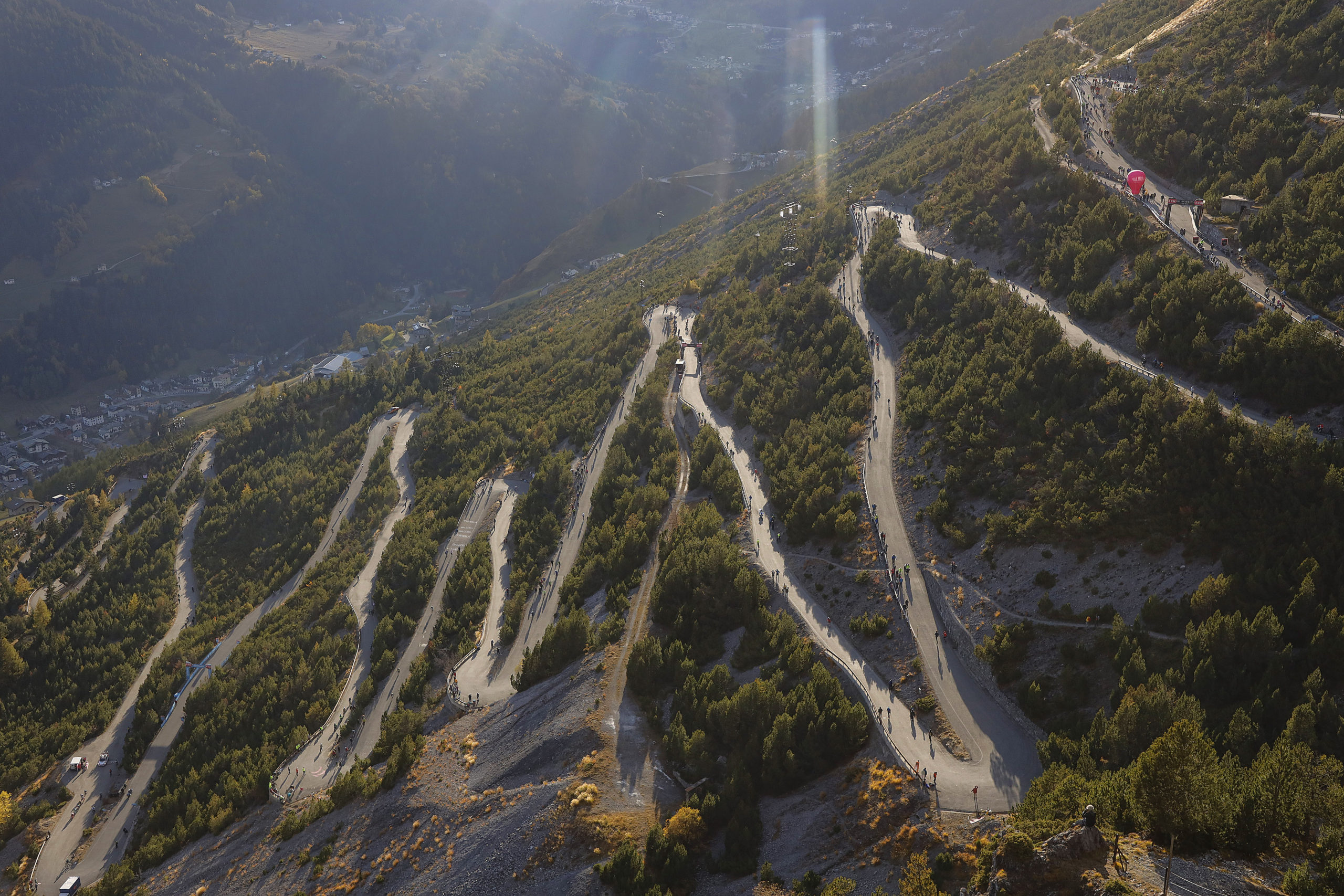
There’s something truly mythical about road cycling up an epic mountain pass. The stunning views on display, the unique mountain scenery and the overwhelmingly satisfactory feeling of reaching the summit. It’s worth every pedal stroke of pain and suffering endured every time.
Inspired by the Grand Tours of professional road cycling, we’ve curated a list of top bucket list worthy climbs through France, Italy and Spain. The list could go on and on, but here’s a few to jump aboard your O2 VAM and get started on…
MONT VENTOUX(21km / 1577m)
When talking iconic climbs, Mont Ventoux is one of the first legends to come to mind. Famously known within the cycling world as the bald mountain and well regarded for its dramatic scenes in Tour de France history. In particular, the tragic passing of cycling icon Tom Simpson in 1967 a mere 2km from the summit. Then again in more recent years when Chris Froome was forced to jog up the final slopes following an incident with a TV motorbike. This year, the climb finally returned to the race, with not one but two ascents up different sides of the mountain.If you’re riding it for the first time, the Bedoin side is the traditional side and a must in our books. 21km in length, with 1577m of climbing, it’s no walk in the park – so prepare yourself for some quality time in the hurt box. The first 6km are fairly tame, travelling via picturesque Provence vineyards. Enjoy the calm before the storm as at 6km through to 15km: from Saint Estève to Chalet Reynard,the road really ramps up, averaging a relentless 9.5% up a forest-covered, mostly straight stretch of climb, leaving little to no respite.
From Chalet Reynard, the gradient calms down a notch and the scenery drastically changes, travelling from the woods, onto rocky, barren road. This is where if the weather’s not on your side, things can really take a turn for the worst with strong winds a common factor. Top tip: Check the forecast beforehand! At this point up the climb, the summit antenna can be seen from a distance. Daunting as ever, as it never seems to get any closer, until you’re right there on the home stretch. That’s when the adrenaline really starts to kick in and you know you’ve got this. The summit lies at a sky-high 1912m leaving you feeling like you’re well and truly on Cloud Nine at the top. Celebrate your efforts before enjoying the swift descent to follow.

GIAU PASS(10.1km / 2236m)
The Giau Pass is arguably the most beautiful and the most brutal climb of the Italian Dolomites. Situated at the base of the Nuvolau Alto where the summits of the Tofane, Monte Cristallo and Sorapis are also in view. It’s truly a sight for sore eyes, with surreal scenery on display for its entirety. Don’t be too fooled by its beauty, however as when tackling it by bike, it will quickly become the beast. Most commonly ridden from the Selva di Cadore side that features a succession of 29 hairpin bends: 10.1km in length, climbing 922m with a testing average gradient that hovers around 9% – it’s quite the battle.Surprisingly, this beautiful Dolomites beast has only been featured a handful of times throughout Giro d’Italia history, included for the first time in 1973 as an unpaved climb. In this year’s race, the Giau featured as the final climb of Stage 16, dishing out some fierce typical Giro conditions that were rough enough to cut out all race TV and communication.
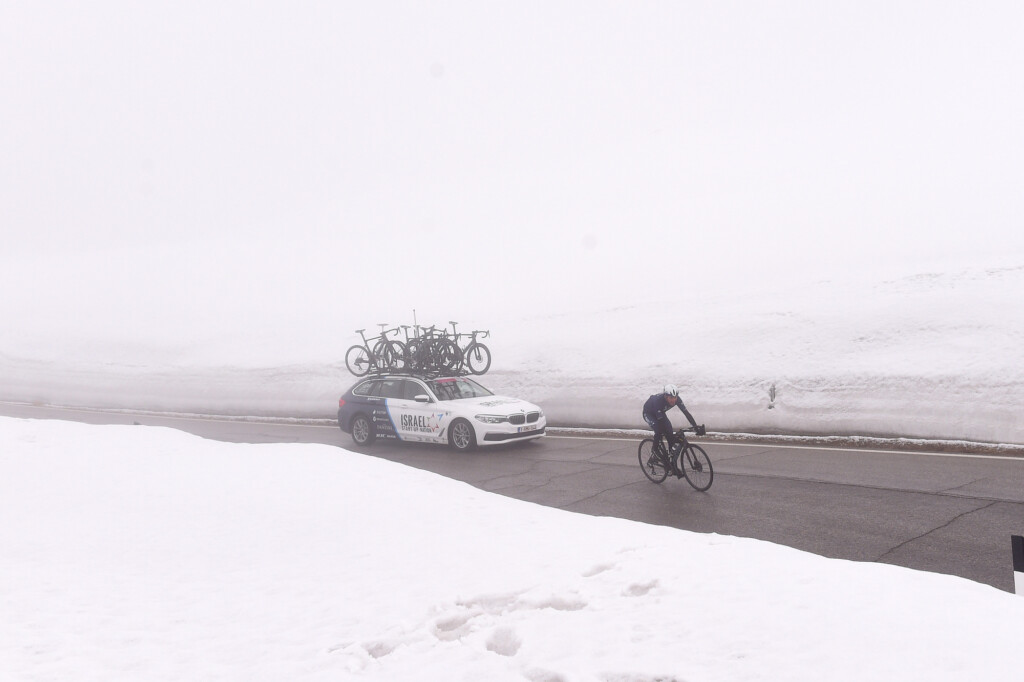
ALTO DE GAMONITEIRO(15.9km / 1772m)
The Alto de Gamoniteiro recently starred for the very first time in the Vuelta a España. Referred to by many as the brother of the popularly known, Angliru. There’s no denying it’s an absolute monster, but having just witnessed the Israel Start-Up Nation riders battle their way up its highly demanding slopes last week on their Factor OSTRO VAM‘s, we’re certain that this is just the beginning for the Gamoniteiro.The steep mountain road is situated in the Asturias and until last week has been widely unknown to cycling fans across the world. The monster includes 15.9km of relentless ascent, climbing 1450m in height and averaging between 10-12% average gradients for its entirety with ramps up to 17% in the unforgiving, hellishly tough final km.
If you’re the kind of rider that loves a challenge and thrives off a bit of suffering – the Gamoniteiro has got your name all over it. Vamos.
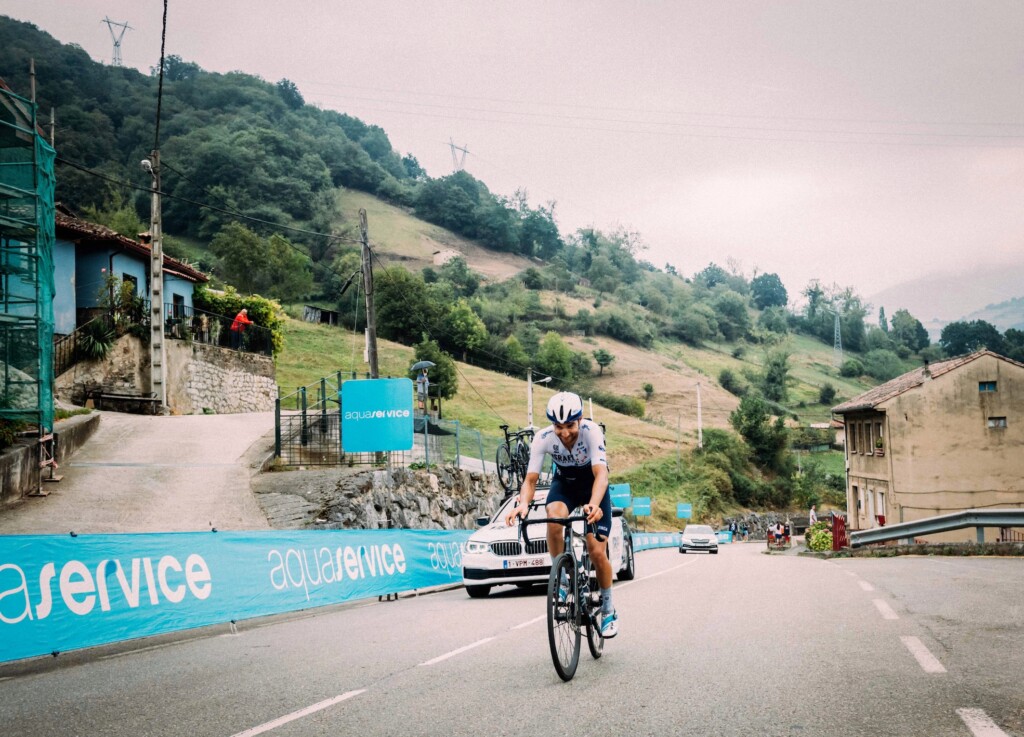
COL DU TOURMALET(17km / 2115m)
The Col du Tourmalet is the jewel of the Pyrenees and so well-known due to its prominent, regular appearance throughout Tour de France history. First featured as early as 1910, and included for the 88th time at this year’s tour. To celebrate the very first winner – Octave Lapize in 1910, his statue sits at the summit for four months over the summer. Now an iconic photo to store in your memory books when reaching the top of the Tourmalet.Both sides of the Tourmalet are demanding with consistently challenging gradients. At this year’s tour, the pros raced up the Eastern side from Sainte-Marie-de-Campan. 17km, climbing up to 2115m, averaging 7.4%. It’s no easy feat, however its unique rocky landscape and dramatic Pyrenean views are something special.
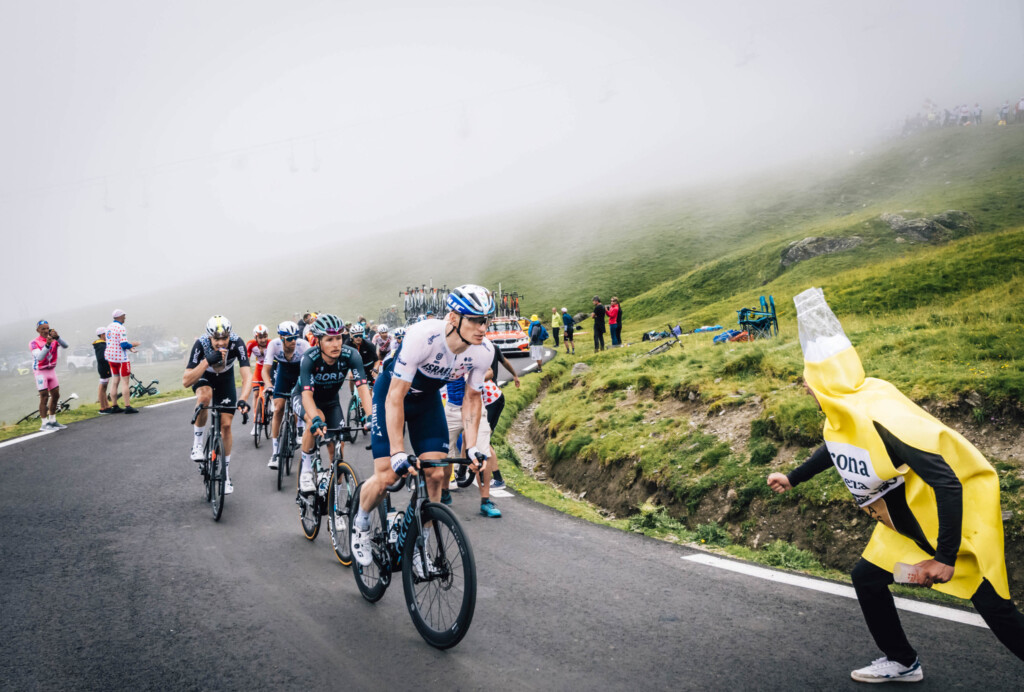
ALPE D’HUEZ(13.8km / 1850m)
An iconic cycling climb list wouldn’t be whole without the mythical Alpe d’Huez. Famous for its legendary 21 snake-like switchback bends and killer views from the summit, fittingly at the Alpe d’Huez ski resort. The 13.8km climb, ascends up to 1850m and has been a prominent feature in the Tour de France since its addition to the race in 1952, where Fausto Coppi claimed first honours. The climb has since featured 31 times and has developed into a true icon over the years. A magnet for spectators with its party atmosphere; crowds and crowds of dedicated fans lining its slopes every time. Also the type of stage finish that never disappoints – known to add a splash of drama to the race time and time again.Alpe d’Huez is not only a must ride for its Tour de France fame, but for its unique terrain, spectacular scenery and magic views atop. Here’s hoping it will make a return to the race in 2022.
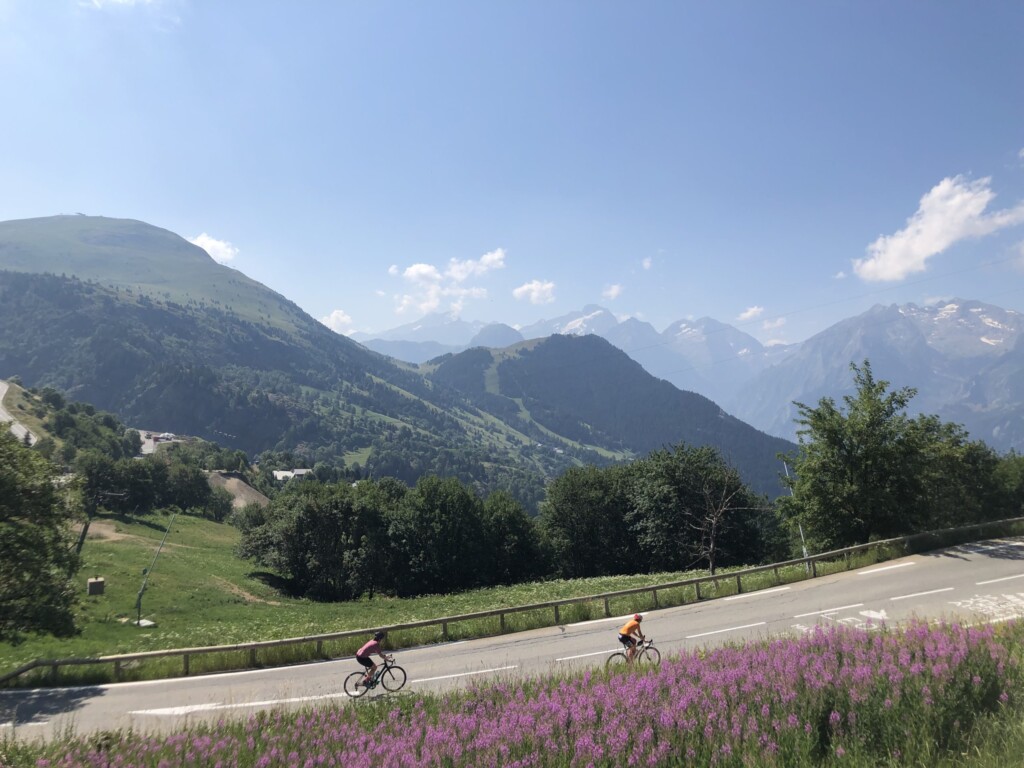
THE STELVIO PASS(25km / 2578m)
The Stelvio Pass is up there as one of our all-time favourites and an absolute must experience for all cyclists. Situated in Northern Italy, bordering Switzerland, the landscape is simply breathtaking. Then there’s the climb itself, that it is arguably the most beautiful climb in the world. So famous for its northern side’s remarkable 48 hairpin bends, gradually sweeping up the mountain for 25kmThe first part of the climb is fairly gradual, before venturing into woody surrounds and eventually popping out into more exposed road for the final 5km, where the gradient steepens, but the surreal backdrop, high rocky walls that separate the hairpins and incredible views create the ideal distraction. Every hairpin is helpfully marked for the climbs entirety; from ‘Tornante 1 to 48’. Daunting in the early stages, however highly welcomed near the finish. To reach the summit at 2758m is as rewarding as it gets, treated to endless mountain views, and an immense sense of achievement. Bonus: The descent into Bormio is so worth the effort spent getting up.
The climb was fascinatingly built back in the 1820’s to connect Lombardy (formerly an Austrian Provence) to the rest of Austria. It then joined cycling’s history books in 1953 when Italian hero, Fausto Coppi once again stole first time honours up what is now one of the sport’s greatest ever climbs. Its last appearance in the Giro was in 2020, where Israel Start-Up Nation raced up to its snow dotted summit on Stage 12, all aboard their O2 VAM’s.
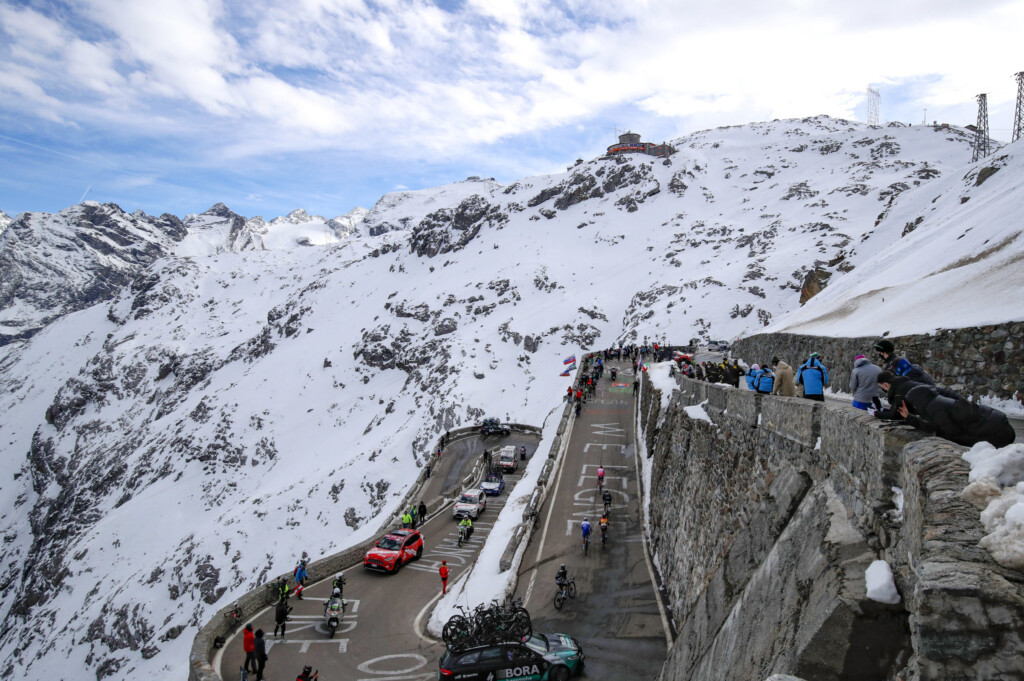
ALTO DE L’ANGLIRU(12.6km / 1570m)
The lethal Alto de l’Angliru is not one for the faint hearted. Another climb that’s home to the Asturias, the Angliru is almost as steep as it gets for a bike rider. The 12.6 km ascent averages a harsh 10% with brutal sections maxing out at 23% near the summit. With further warning – the Angliru offers far from smooth tarmac and is known to frequently spice things up with a dose of mountain mad weather…
So why would anyone want to climb it? Since its introduction to the Vuelta in 1999, it quickly became the most iconic of the race, known to shake up the standings, crown kings and break hearts at the same time. It’s since featured throughout the race 8 times, the last being in 2020.
The opening 5km of the climb are steady but not overwhelming, averaging just under 8%. It then descends briefly, before hitting the nitty gritty stuff. The final 6km average 13% with the steepest section ‘Cueña les Cabres’ breaking the 23% mark, 3km from the summit. One word: brutal. Some might just say it’s the toughest climb there is in professional cycling. Go on…We dare you.
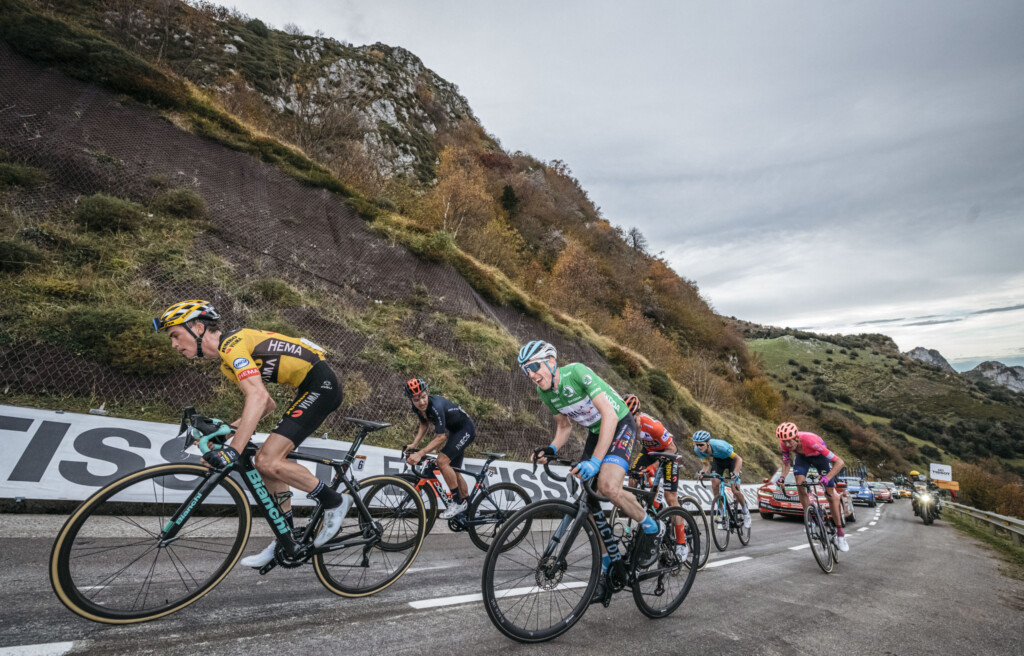
MONTE ZONCOLAN(10.5km / 1750m)
The Monte Zoncolan is one of Europe’s most demanding climbs. Home to the Carnic Alps and located in the region of Friuli Venezia Guilia, this brutally tough ascent has become famous for its regular inclusion over recent years in the Giro d’Italia and its intense ability to completely shatter the race. Similar to its Spanish counterpart, the Angliru – it’s viciously steep, and from the most popular Ovaro side, it averages 11.5% over 10.5km, climbing up to an elevation of 1750m. Its maximum gradient tops out at 22% and lasts for an unbearable km. Enough to completely crush legs and blow minds.The ‘real’ climb starts at the village of Liariis, 8.5km from the summit. The road then meanders into forest, gaining a steady 900 metres over the next 6km that averages a testing 15%. The unique climb then passes through a series of three tunnels, before tackling the final demanding switchbacks that lead to the summit.
Introduced to the Giro d’Italia in 2003 where Gilberto Simoni stole first honours and did the double by winning again when it returned to the race in 2007. Simoni blasted up the climb in a formidable 39 minutes and the record still stands. It has since appeared seven times and most recently at this year’s race on Stage 14, where the Israel Start-Up Nation riders were seen suffering their way up its cruel slopes on their OSTRO VAM’s.
The question is: Are you brave enough to take on the mighty Zoncolan?
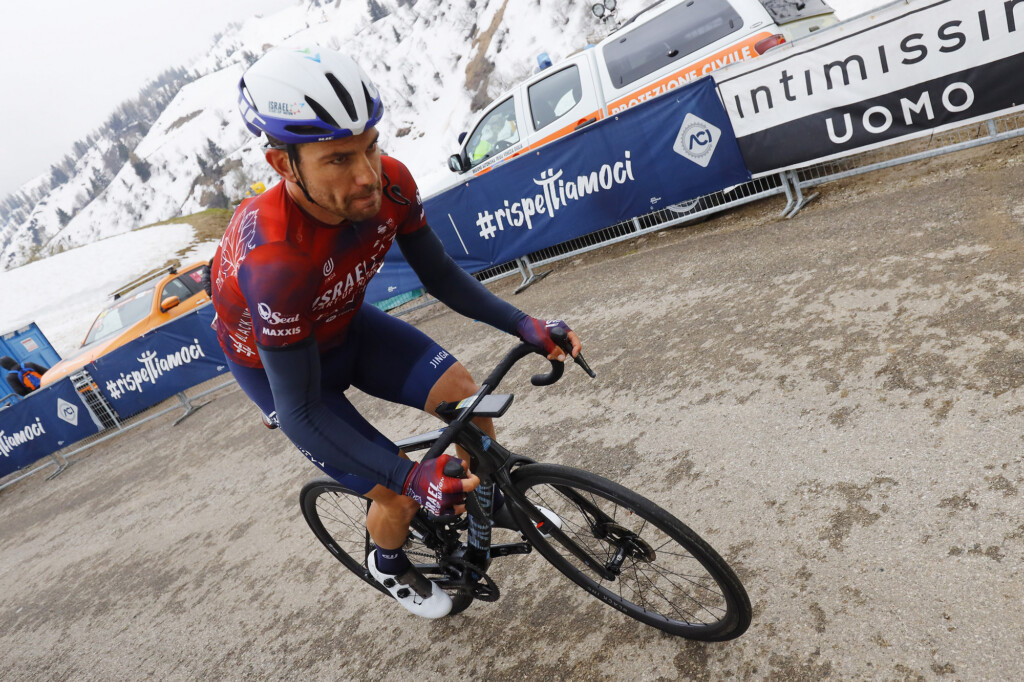
COL DU GALIBIER(34.8km / 2645m)
The Galibier is another well-known Tour de France climb, possibly the most iconic of the Alps due to its rich Le Tour history. The gracefully high mountain pass located in the Rhone Alps has been a prominent feature in the French Grand Tour since as early as 1911, included over 60 times across the races history. There are three ways to climb the Galibier, each equally as tough as the next. Our top pick to add to your bucket list is the North side that can only be reached by tackling the 12km Télégraphe beforehand, taking the total distance from Saint-Michel-de-Maurienne to 34.8km, gaining a whopping 2120m of altitude in the process, as it climbs up to 2645m.After battling up and then descending the forest lined Télégraphe, the real fun begins. It starts out with a consistent drag over fairly calm gradients. Things take a real turn at Plan Lachat at the 2,000m mark. The altitude kicks in and cruelly with that, so do the gradients, tantalizingly sitting consistently above 8%. As the clouds draw nearer, the climb suddenly starts to feel significantly more open and exposed to winds. Use the stunning scenery on display as a way to try and forget about your legs that are no doubt crying out in dispute by now. All will be well worth it when you reach the top where panoramic mountain views are on offer and you’re rewarded with a feeling of great satisfaction.
Another Tour de France epic that we hope to see return to the race next July.


© 2025 Factor Bikes. All rights reserved / Privacy Policy |Terms
